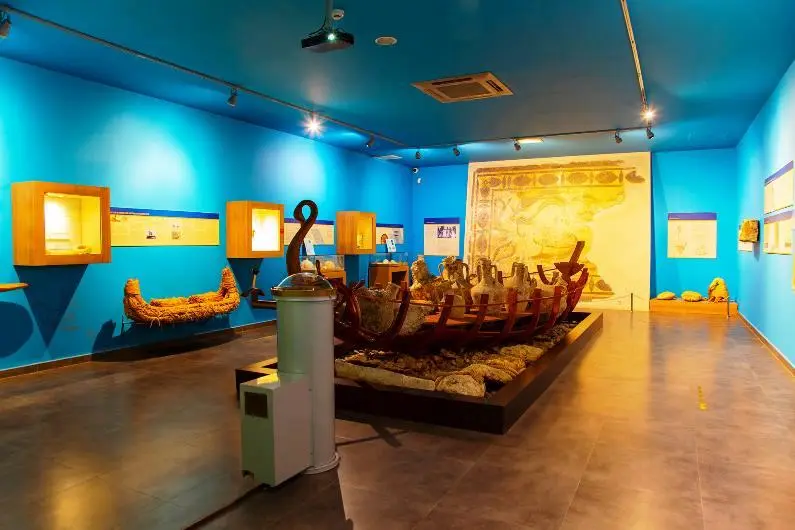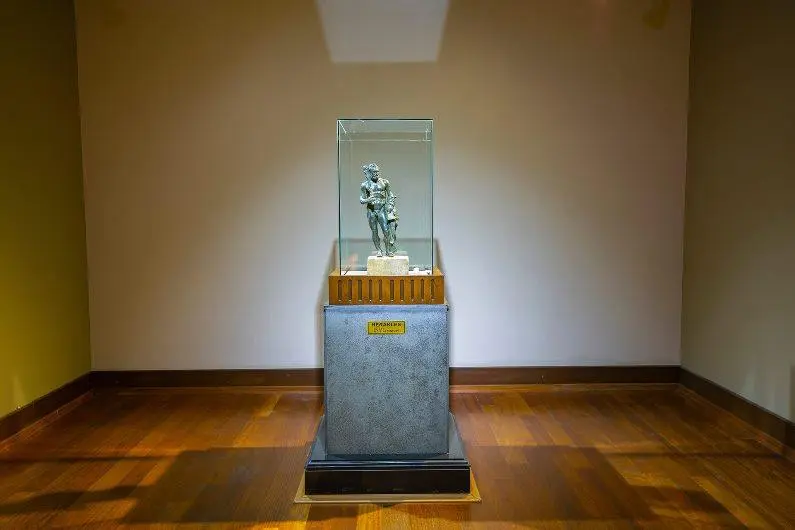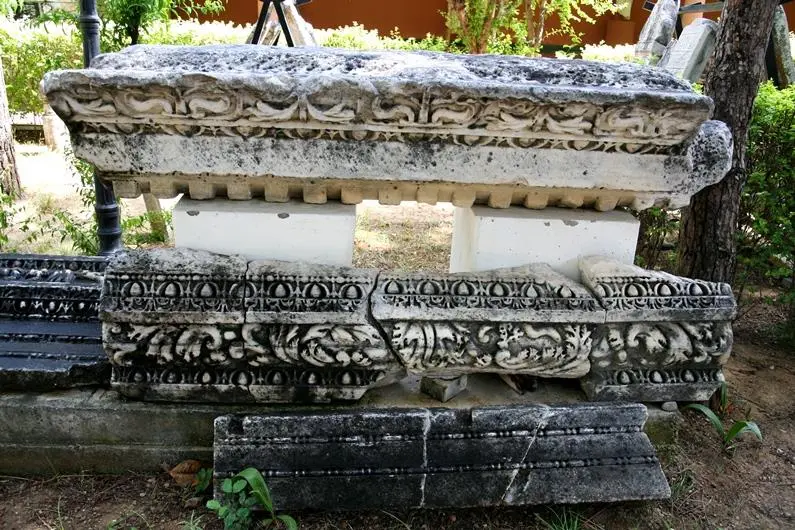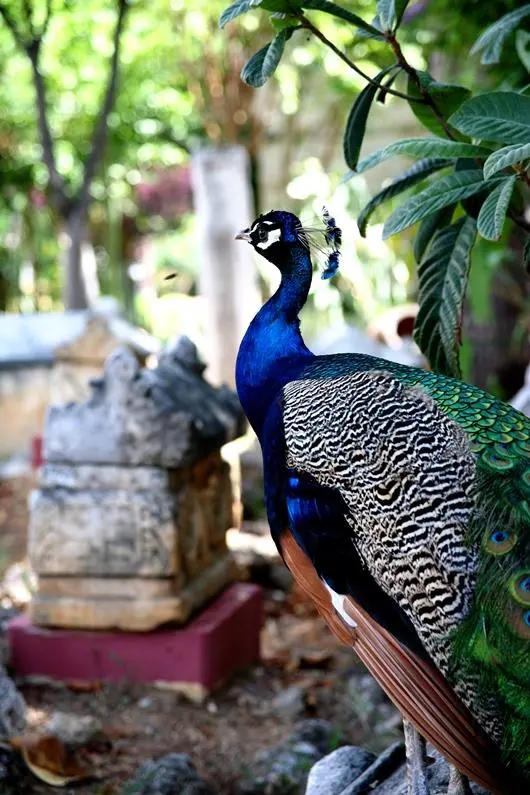Alanya Archaeology Museum
Description
The rich historical heritage of Alanya, which has always been a popular settlement due to its strategic location and port, can be seen at the Alanya Museum. The museum is located on Damlataş Street at the beginning of the exit road to Alanya Castle.
Alanya Archaeological Museum, which was opened in 1967, has been renovated in 2012 to reflect the history of Alanya and its surroundings. The exhibition halls of the museum are divided into sections such as Anatolian Civilizations, Ship and Maritime Section, Hercules Hall, Alanya Castle Section and Coin Section. The themes of the showcases in the main hall are Mythology, Trade in the Ancient World, Sports-Health, Figurines, Glass Works and Jewelry.
Bronze, marble, terracotta, glass and mosaic finds from the Archaic, Classical, Roman and Byzantine periods, coin collections and Turkish-Islamic artifacts from the Seljuk and Ottoman periods are exhibited in the museum.
The oldest artifact found and exhibited in the vicinity of Alanya is a Phoenician stone inscription dating back to 625 BC. The most famous artifact is the bronze statue of Heracles from the 2nd century B.C., which is exhibited in a separate hall with its own name.
During your visit to the museum, you can see the interactive children's activity room at the entrance, the agricultural corner in the open exhibition in the garden where an olive workshop is described, ostotecs (ash boxes), inscriptions and sarcophagi from different periods.
Short Description
The rich historical heritage of Alanya, which has always been a popular settlement due to its strategic location and port, can be seen at the Alanya Museum. The museum is located on Damlataş Street at the beginning of the exit road to Alanya Castle.












